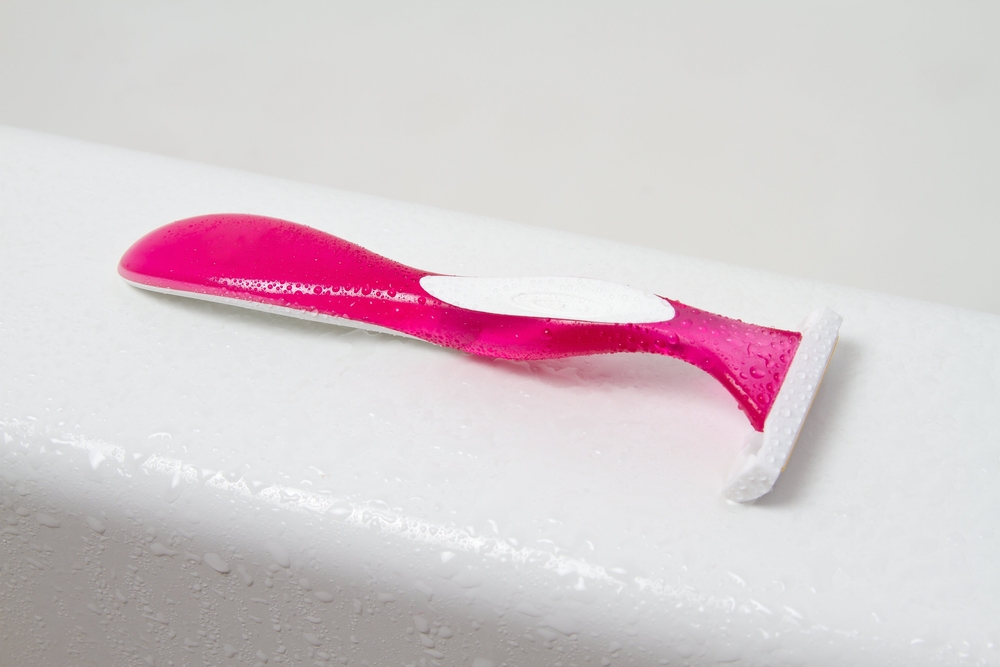Snip, Snip, Ouch: Pubic Hair Grooming Injuries May Be More Common Than You Think

For those who prefer no hair "down there," beware: Pubic hair grooming injuries may be more common than you think.
Researchers found that 1 in 4 people in a new study said that they had injured themselves while grooming their pubic hair, and the more often and more extensively a person groomed, the more likely they were to have injured themselves.
Between 50 and 87 percent of U.S. adults report some form of pubic hair grooming, according to the study, published today (Aug. 16) in the journal JAMA Dermatology. The researchers wrote that, given how common the practice is, they wanted to better understand how pubic hair grooming could lead to injury. [51 Facts About Sex]
In the study, the researchers surveyed nearly 7,600 U.S. adults — about 4,200 women and about 3,400 men — ages 18 to 65 about their pubic hair grooming practices.
Nearly 5,700 people (about 76 percent) responded that they had groomed their pubic hair at some point in their lives — 85 percent of the women and 67 percent of the men in the study. About 94 percent of the people who groomed said they did it themselves. Razors and electric razors were the tools most commonly used, followed by scissors, wax and electrolysis and/or laser hair removal.
More than 1,400 (about 26 percent) of the people in the study said that they had been injured while grooming — more than 560 men and nearly 870 women. Of those who reported injuries, the most common type of injury was a cut (61 percent of reported injuries), followed by burns (23 percent) and rashes (12 percent).
In addition, 9 percent of those who reported injuries said that they developed an infection after they injured themselves, the researchers found.
Get the world’s most fascinating discoveries delivered straight to your inbox.
Seventy-nine individuals in the study who were injured while grooming (1.4 percent of the groomers) needed medical attention, the study found: Of those, 49 individuals needed antibiotics and 36 individuals (needed to have an abscess drained or a cut stitched up.
In men, the most common area of injury was the scrotum (67 percent of injured men), followed by the penis (35 percent) and the mons pubis (29 percent), which is the area above the penis. In women, the mons pubis (located above the vulva) was the most common site of injury, reported by 51 percent of injured women, followed by the inner thigh (45 percent), the vagina (43 percent), the area between the vagina and anus (13 percent) and the anus (6 percent). (Because some men and women could have more than one type of injury, those add up to more than 100 percent.) [5 Myths About Women's Bodies]
Men were more likely to injure themselves compared with nongroomers if they considered themselves hairier than others, groomed monthly or every three to six months, or removed all of their pubic hair more than 11 times in their lives. Women were more likely to injure themselves if they groomed weekly or monthly or removed all of their pubic hair more than once, compared with nongroomers, the study found.
In other words, for both men and women, the frequency of grooming and the amount of hair removed were linked to a person's risk of injury.
Though serious injuries from pubic hair grooming are rare, the findings suggest that guidelines for safe pubic hair removal could be helpful, the researchers wrote. In addition, the study could provide doctors with a way to identify patients who are at higher risk for such an injury, the study said.
The researchers noted that the study had limitations. For example, people in the study may not have answered the survey questions truthfully because pubic hair grooming is a sensitive subject for some. In addition, people who experienced very minor injuries might not have remembered these injuries, and thus might not have reported them.
Originally published on Live Science.




